The day after families across the country gathered to celebrate Father’s Day, Francisco Romero huddled at dawn with 10 volunteers in a South Los Angeles parking lot. The group was preparing to patrol the neighborhood for signs of Immigration and Customs Enforcement activity.
There was a heaviness in the atmosphere, despite the comradery and smiles. During the group huddle, some reflected on the difficulty celebrating Father’s Day while families across the city were being separated by ICE. Another volunteer mentioned viral videos from the prior weekend showing apparent ICE presence in the nearby city of Bell, including “snatch and grabs,” in which unmarked vehicles surrounded pedestrians suspected of being undocumented and ICE officers pulled them inside.
“It’s psychological,” Romero said, speculating about the timing of the raids, which coincided with a holiday meant to celebrate family.
While L.A. residents — and much of the country — were transfixed for days by images of masked officers rounding up immigrants and protesters flooding downtown streets, this quieter, grassroots effort to protect vulnerable communities from these raids has continued to unfold. Volunteers like Romero patrol the streets across Los Angeles weekly, keeping watch with the aim of alerting the community to any ICE operations.
Such patrols are nothing new. Since the civil unrest that erupted after the beating of Rodney King in 1992, Unión del Barrio has operated community patrol networks to monitor for law enforcement activity and other potential dangers to residents in neighborhoods across California. But the environment has become more treacherous in recent weeks. There has been an increase in ICE operations across the city, including masked officers detaining suspected undocumented immigrants from local stores, street shops and neighborhoods. Their enforcement actions have led to protests in Los Angeles and pushback from residents and organizers alike.
In addition, Unión del Barrio — along with the Coalition for Humane Immigrant Rights Los Angeles and the Party for Socialism and Liberation — has drawn the attention of Republican Sen. Josh Hawley, who alleged in a letter sent to the groups in mid-June that they are providing “logistical and financial resources” in support of civil unrest and “aiding and abetting criminal conduct.” The letter calls on the groups to “cease and desist” their operations.
In response, Unión del Barrio said in a June 15 statement, “The objective of Mr. Hawley’s letter was to intimidate us and compel Unión del Barrio to stop organizing the self-defense of our communities.”
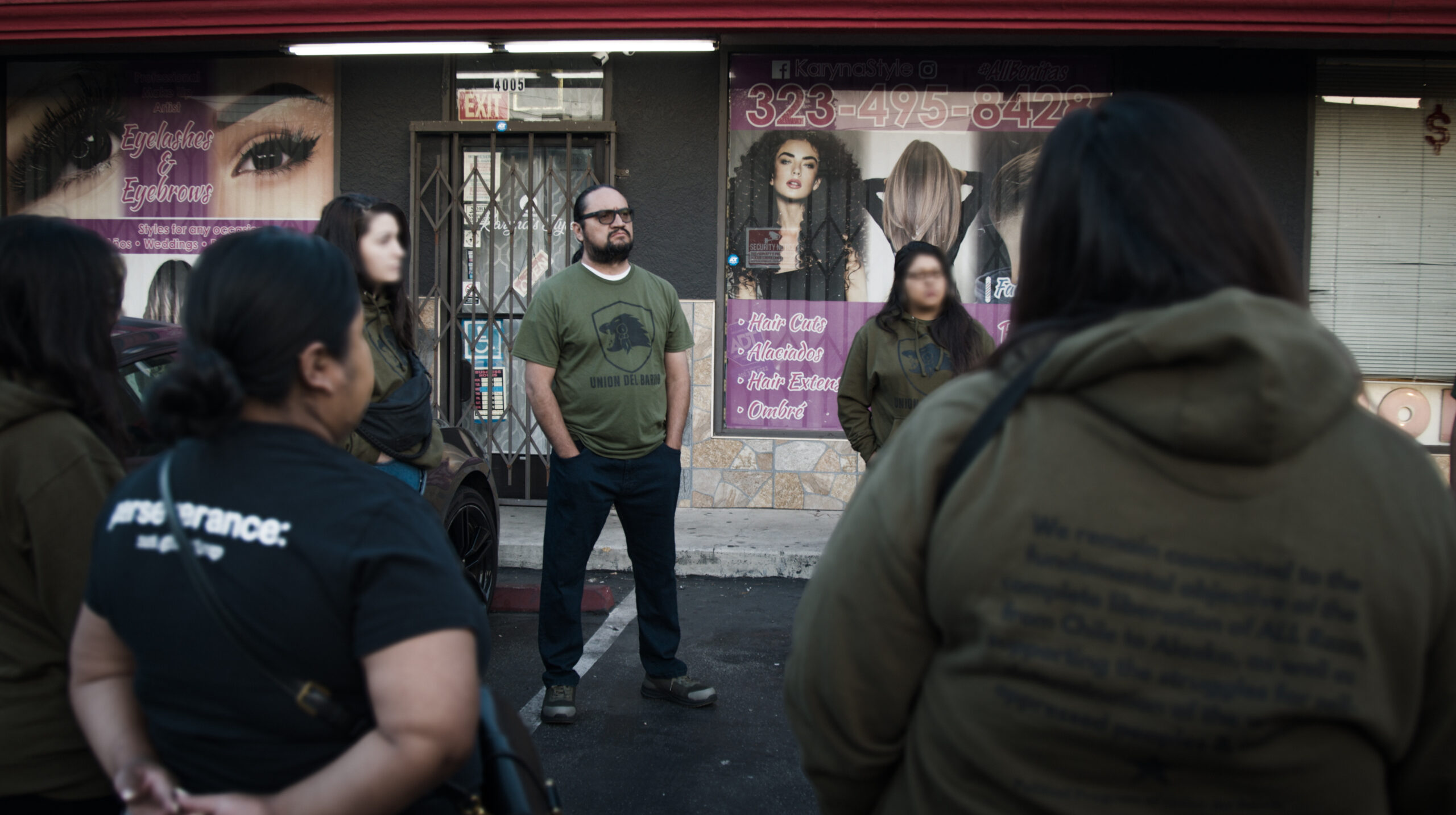
Francisco Romero meets with Unión del Barrio volunteers in a South Los Angeles parking lot before heading out on patrol. Faces of volunteers who asked not to be identified have been obscured.
Many volunteers, including Aimee and Ruth, never interact directly with ICE, while those who do, like Romero, follow a strict protocol meant to protect them from arrest while they carry out their work. When Romero spots what he believes might be an ICE vehicle, he first calls for backup from fellow organizers before deciding whether to approach. In the past, he would tap on the car window and ask the officer to identify themselves.
“That was back when they would still roll down their windows. Now, they don’t,” he said.
The atmosphere of heightened fear has caused the members of the group to use extra caution when describing their work and when approaching ICE agents. When speaking among themselves or with the broader community, they avoid language that suggests they are “chasing out” or “following” ICE operations. Instead, they describe their efforts as “safely monitoring” ICE activity from a distance. When agents leave a neighborhood, organizers say the agents are “electing to do so,” often because they have lost the element of surprise, according to Romero.
The group has also gone to extra lengths to make sure community members are comfortable with their presence when they are on patrol. Each member of Unión del Barrio’s patrol wears a green shirt emblazoned with the group’s logo, so they are clearly recognizable. The volunteers are given magnets with the organization’s name to affix to the side of their cars. They travel in small groups. On this Monday in June, Francisco, Ruth and Aimee were assigned to patrol the residential neighborhoods north of Martin Luther King Boulevard. Aimee, who lives in the community, said she preferred to use only her first name for the safety of her friends and family; Ruth, a teacher, likewise asked that only her first name be used.
Aimee, who has volunteered with Unión del Barrio for the past six months, was looking through the back seat window when she noticed a car with blacked out plates. Romero decided the car was suspicious enough to merit an investigation to see whether it belonged to ICE officers.
The spotting of any car that is unmarked, has tinted windows or is deemed in any way out of the ordinary is enough to prompt the patrol team to turn back and retrace their steps.
That particular car turned out not to be a threat. But just two hours after Romero, Aimee and Ruth’s patrol had finished for the morning, Unión del Barrio posted a warning on social media about ICE presence less than a mile away.
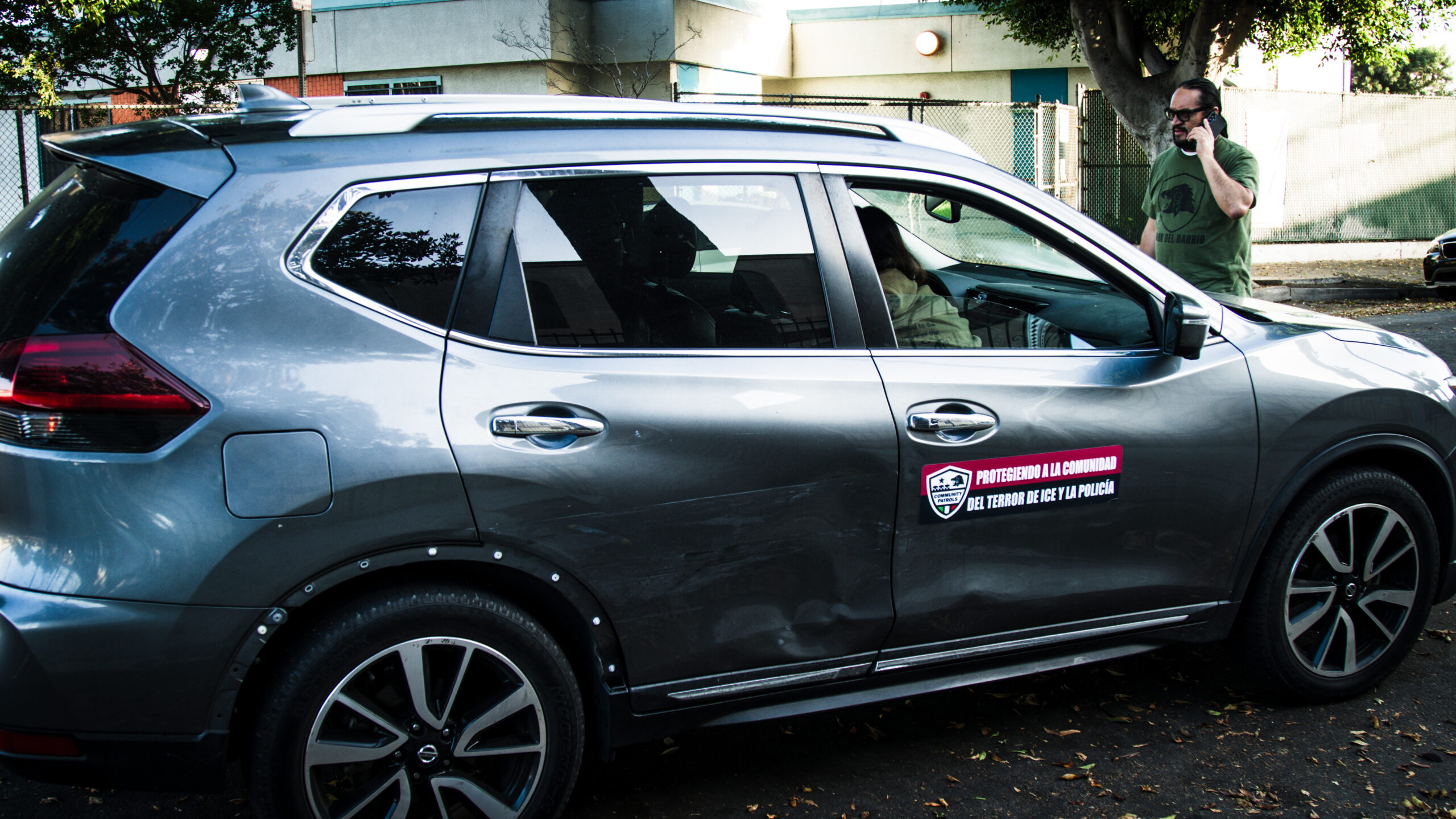
Romero pulls over during an early morning ICE patrol to coordinate with other volunteer units.
Unión del Barrio conducts two types of patrols: morning rides that monitor neighborhoods with large numbers of Latino residents or workers who may be targeted for immigration enforcement and patrols triggered by community tips about real-time ICE activity. The latter have become more frequent in recent weeks, as ICE operations have intensified. In both cases, the organization either verifies the activity directly or coordinates with trusted community members or other civil rights organizations before issuing public alerts on social media.
Despite heightened scrutiny of immigrant rights organizations in recent weeks by federal officials, a growing number of community groups and individuals are seeking them out for guidance. Unión del Barrio has received calls from across the state and country from individuals and groups requesting resources on preparing communities for incursion by ICE. The organization is planning a trip across California to provide training to allied community groups over the course of the summer. Romero estimates interest in those trainings has tripled in the last few weeks. Instead of taking Sen. Hawley’s allegations as a deterrent, “We see it as a new front of struggle,” said Romero, who has been with Unión del Barrio for 30 years and got his start as an activist against police violence.
But, according to Romero, ICE officers are altering their tactics to evade detection by community patrols. ICE used to commonly conduct operations in the morning but has now shifted its efforts to later in the day, when most patrol volunteers are working.
Another ICE innovation is the use of decoys — in which a suspected ICE vehicle leads patrol cars one way while other ICE operations move elsewhere.
Capital & Main reached out to ICE officials for comment for this story but received no response.
* * *
With about 15 minutes left of the patrol, Romero headed towards Santee Alley just as businesses start to open. Ruth, who was riding shotgun, explained how Unión del Barrio has done more than patrol the community. They have been offering training to community members for months, including on how to prepare a plan in case one of them is detained by ICE. “So we know how to respond when ICE inevitably attacks us again,” she said.
Ruth also shared her motivation for volunteering: She sees how ICE’s increased presence in the community over the last few weeks has impacted her students, whom she calls “her kids.” They are why she continues to patrol.
Meanwhile, Romero was making a point that morning of staying within the speed limit and obeying traffic laws at every stop or turn. Sometimes, he said, he has the urge to “book it” to respond to an alert that ICE has been spotted. But he knows, now more than ever, that “any excuse to engage with us is an opportunity for them to break us.”
Copyright 2025 Capital & Main
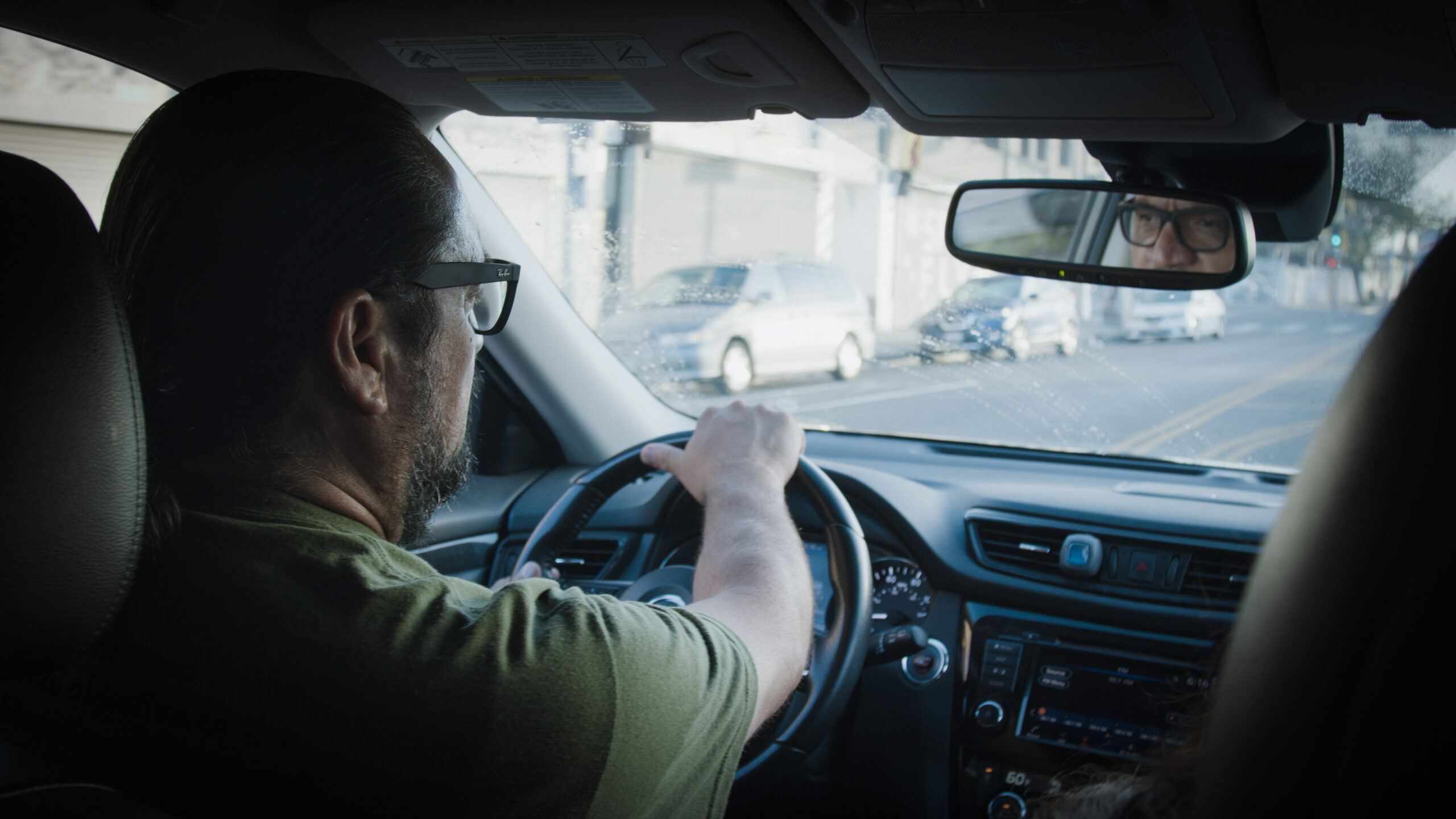
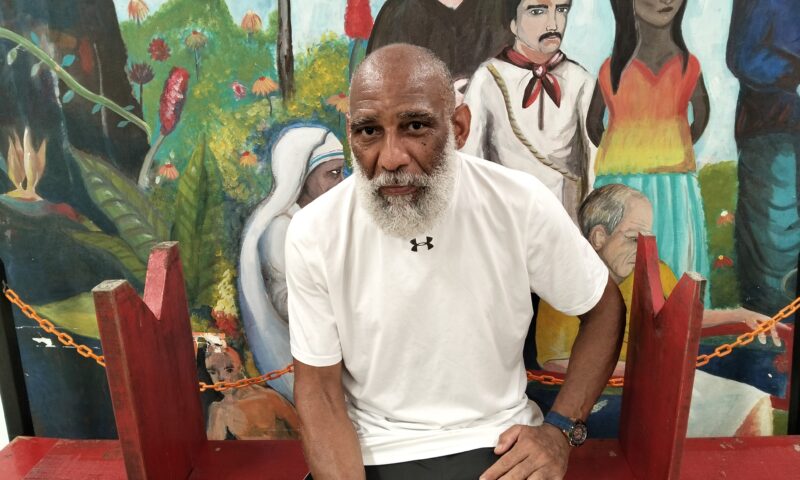
 StrandedNovember 25, 2025
StrandedNovember 25, 2025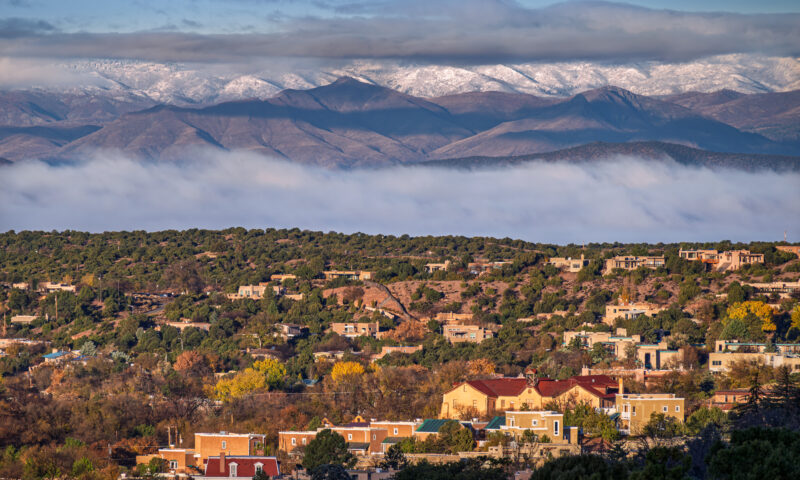
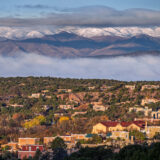 Column - State of InequalityNovember 28, 2025
Column - State of InequalityNovember 28, 2025
 The SlickNovember 24, 2025
The SlickNovember 24, 2025
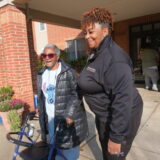 Striking BackDecember 4, 2025
Striking BackDecember 4, 2025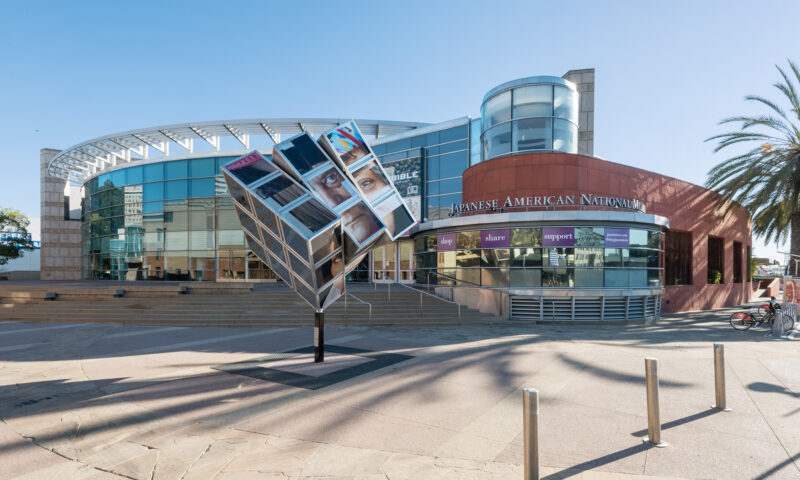
 Latest NewsDecember 8, 2025
Latest NewsDecember 8, 2025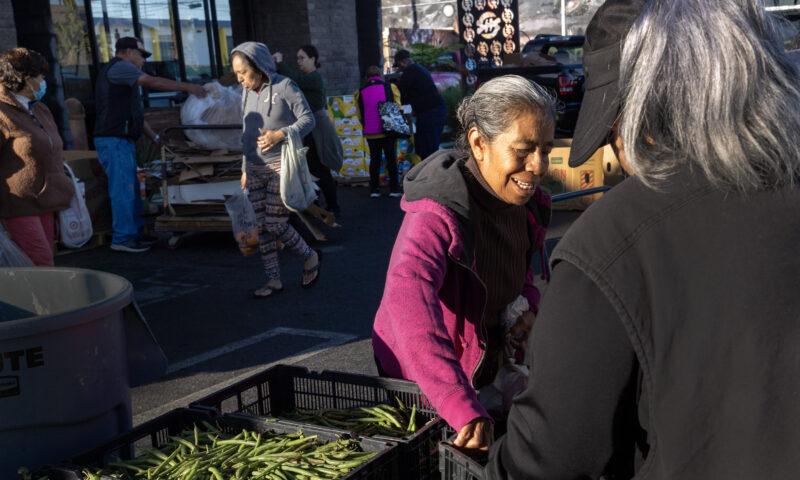
 Latest NewsNovember 26, 2025
Latest NewsNovember 26, 2025
 The SlickDecember 2, 2025
The SlickDecember 2, 2025
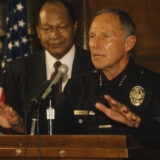 Latest NewsDecember 1, 2025
Latest NewsDecember 1, 2025



